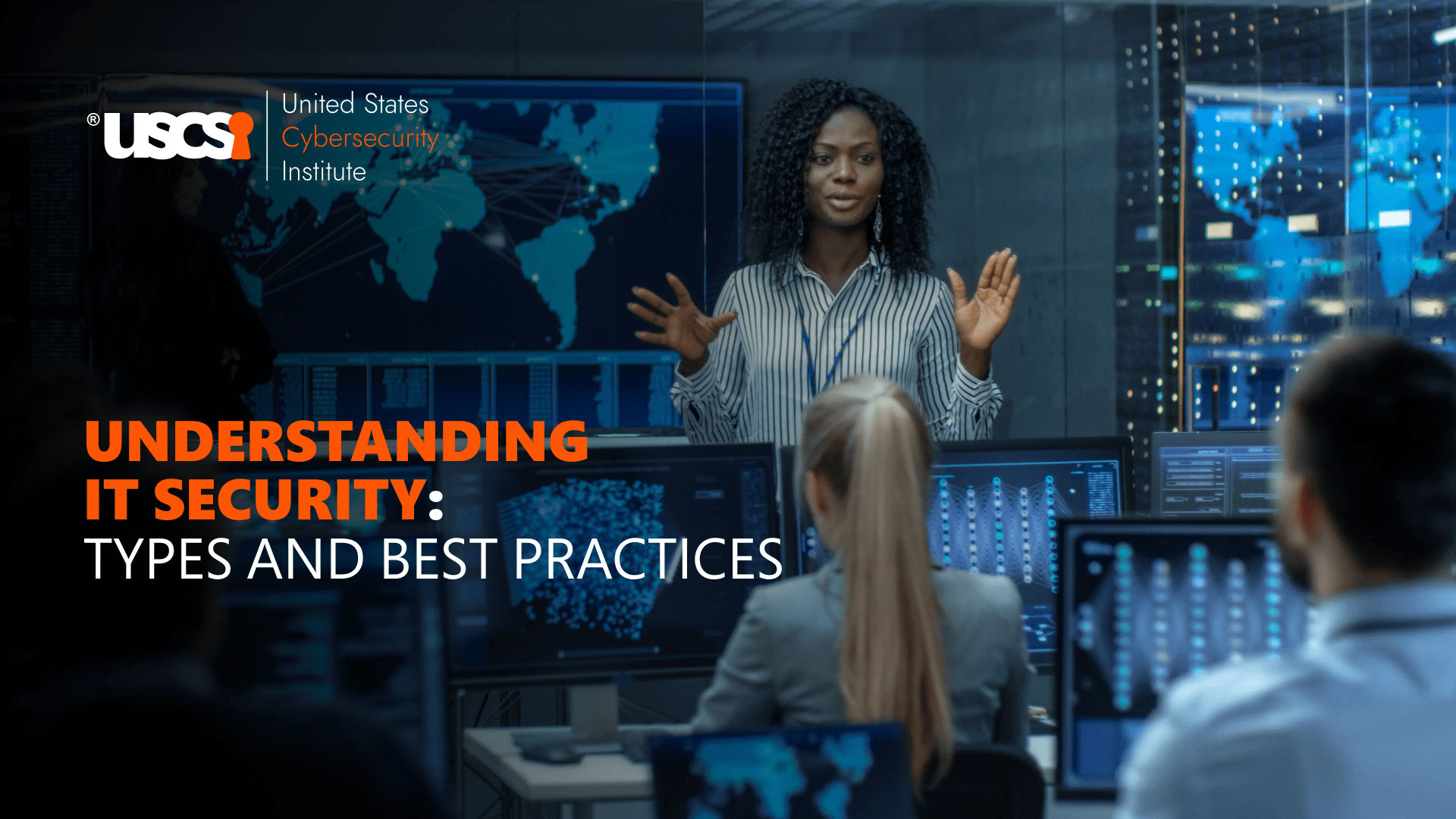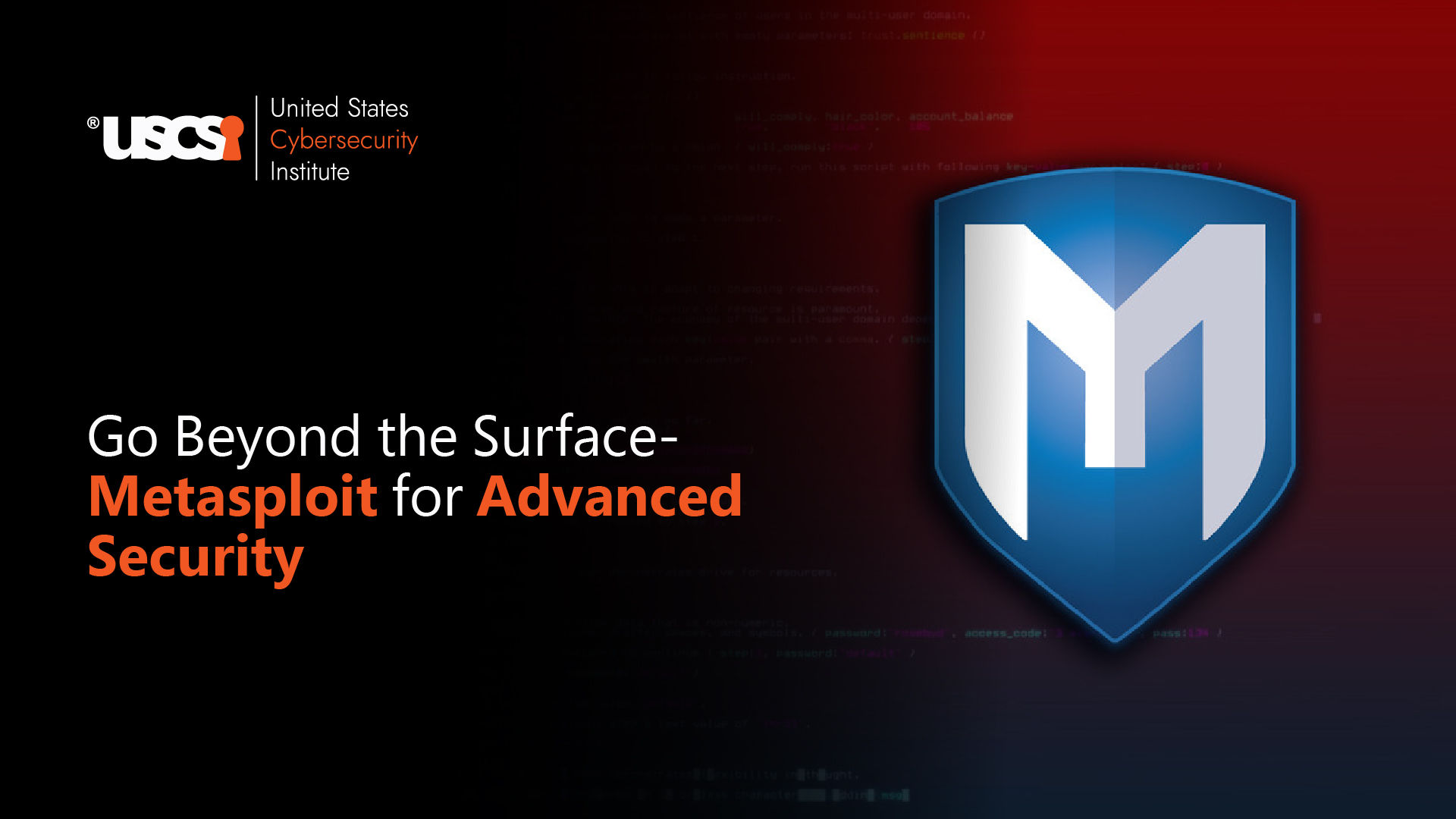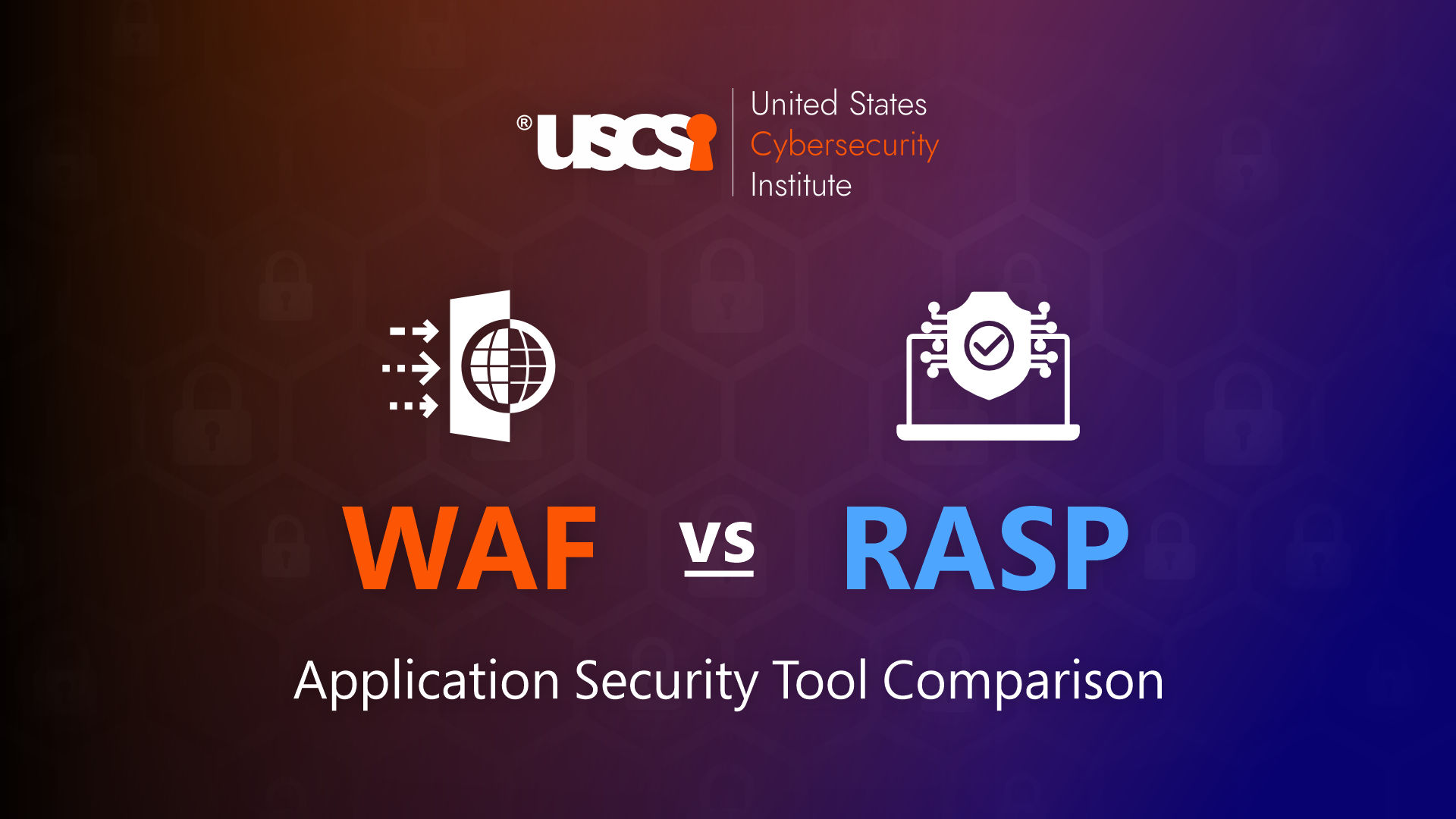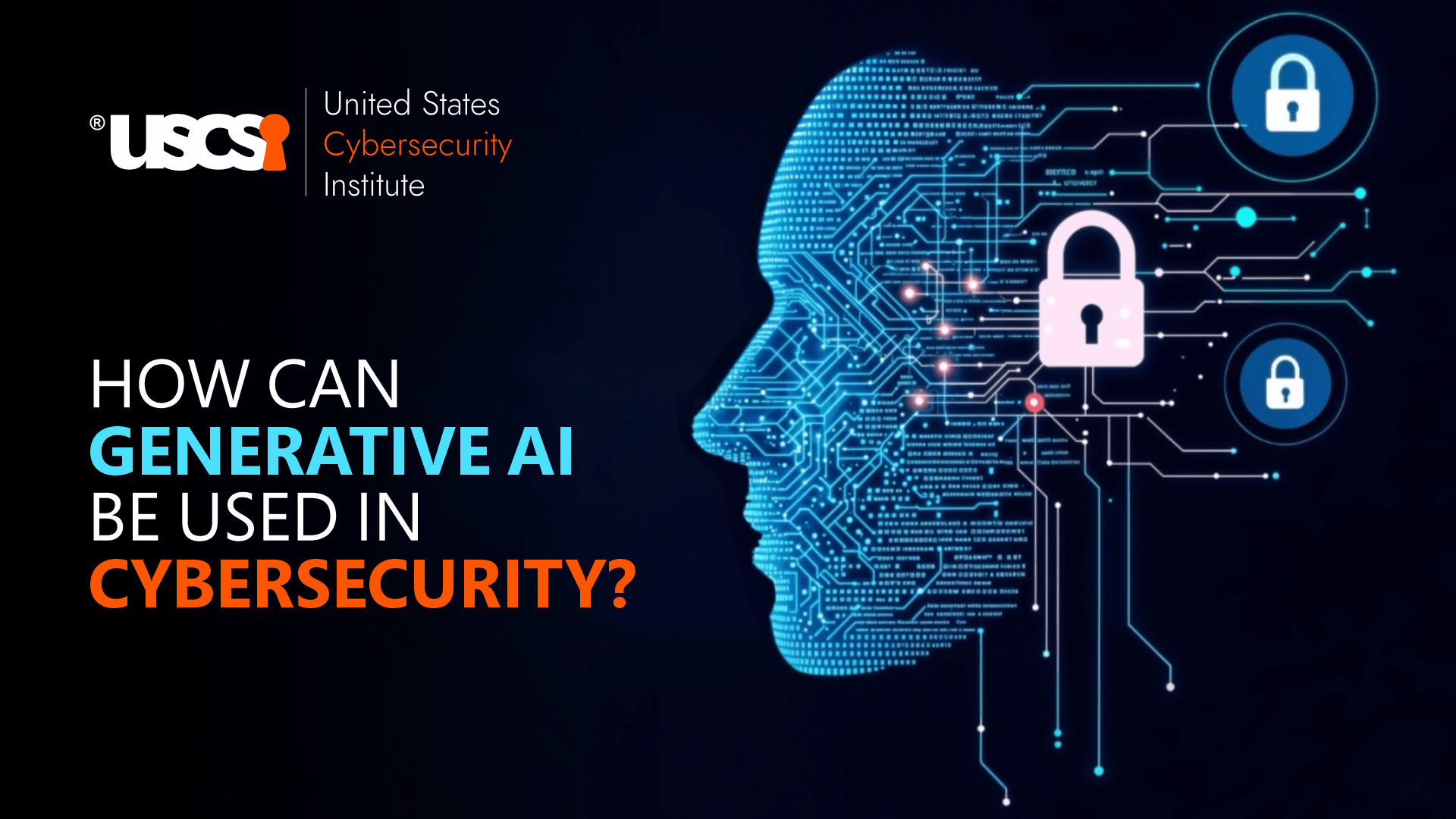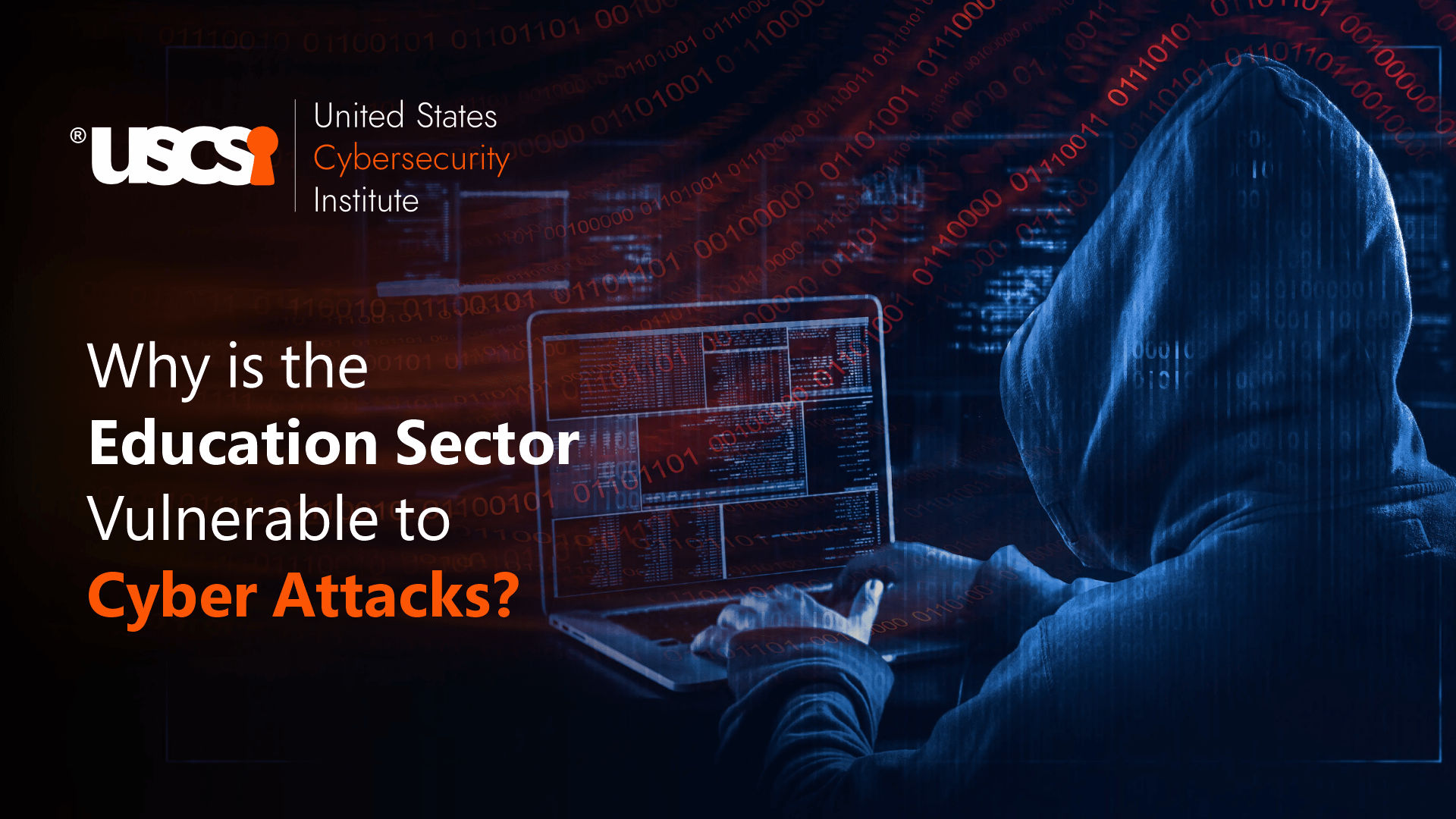

Biggest Cyberattack Risks in the Education Sector
The number and cost of cybercrimes have been increasing at an alarming rate. In its State of Cybersecurity 2025 Report, Check Point highlighted organizations experienced 1673 weekly attacks in 2024, and the education sector has been hit the hardest with over 3,574 weekly attacks, a rise of over 75% y-o-y.
Let us dive deeper into this article to understand the importance of cybersecurity in education explore reasons that make cyberattacks in education industry more frequent, and various steps to stay protected against various kinds of attacks.
What Makes the Educational Sector a Prime Target?
According to Statista, the education industry is the fifth largest industry targeted by attackers. There are several reasons for that:
- The educational sector consists of a huge amount of sensitive data, intellectual property, research and innovation documents, as well as personal details of thousands of individuals, including staff and students, that account for lucrative prizes for cyber attackers.
- There is huge financial circulation. However, the limited IT budgets leave educational institutes bereft of required cybersecurity measures.
- Moreover, universities and institutes do not possess cybersecurity solutions, firewalls, threat detection and protection systems, and expertise as possessed by enterprises, making it hard to protect data and infrastructure.
- The educational sector introduces a broad attack surface consisting of students, faculty, university networks, research facilities, etc., that may contain potential vulnerabilities prone to attacks. The growth and adoption of online learning programs further present additional infrastructure and software platforms that are vulnerable to intrusion.
Most Common Cyber Threats in the Education Sector
-
Phishing
Phishing is the most carried out cyberattack in education sector where cybercriminals craft deceptive emails and messages that mimic legitimate communications from trusted sources such as school administration, IT departments, or educational software providers.
These emails/communications are targeted at students, faculty, or staff, and they try to trick them into revealing confidential information like their login credentials, financial details, and more.
The education sector consists of a diverse population who have different levels of cybersecurity awareness which makes phishing attacks a particularly successful tactic. Another reason these attacks become successful is the urgency they create which pressurizes recipients to take action quickly and become victims.
-
Ransomware
Another dangerous and prevalent attack is Ransomware attack. In this malicious software is injected into the institute’s digital infrastructure through various ways like phishing emails, social engineering attacks, or unpatched software that encrypts data and makes them inaccessible until a ransom is paid.
Ransomware attacks paralyze the entire system and disrupt regular academic activities, administrative processes, and research works. The financial and reputational damage it can cause can be huge.
-
Distributed Denial of Service (DDoS)
DDoS attacks refer to overwhelming the institute’s network servers with enormous internet traffic either through compromised systems or bots. This effectively shuts down online resources and disrupts access to websites, email servers, online learning platforms, and other essential digital services.
The modern education system heavily relies on digital tools and DDoS attacks can present significant hindrances to teaching, learning, and administrative tasks.
The educational network is comprised of a diverse range of users and devices and creates security inconsistencies that attackers can exploit. This attack not only damages institutions reputation but also lead to huge financial loss as well.
-
Insider Threats
Insider threats pose a unique challenge. There might be current or former students, faculty, and staff members who can misuse their access to the institution’s systems and data. This can lead to significant damage.
The reasons behind such attacks are malicious intent, negligence, and can sometimes be unintentional errors.
The education environment witnesses a constant influx and outflow of users and this makes it difficult for institutes to maintain strict access controls.
-
Vulnerability Exploitation
This type of cyber-attack in education involves attackers identifying and exploiting weaknesses in an institution’s software or systems. Educational institutions use a lot of technologies to enhance learning and teaching experience. However, they are often older or unpatched making them vulnerable.
Operating systems, educational platforms, databases, or network infrastructure can contain the potential vulnerabilities that attackers can exploit to steal data, deploy malware, or gain control of digital resources.
Prevention Strategies Against Major Cyber Attacks
Of course, there are a variety of cyber threats lurking in the educational sector. However, there are several proactive steps for cybersecurity in education sector that institutes, students, and faculty can take to stay protected. Here are some of them:
- Freeze Credit Reports: It refers to securing identity by freezing students’ credit reports with credit bureaus.
- Adopt Strong Password Practices: Institutes must employ strong and unique passwords for every account. They must integrate an efficient password manager tool to make this process easier.
- Use MFA: Multifactor Authentication methods add an extra layer of security to user accounts.
- Spread awareness regarding phishing and social engineering attacks
- Protect all endpoint devices by installing efficient endpoint security solutions against malware or unauthorized access.
- Keep institutional software updated and patched with the latest security updates
- Always remain updated about the evolving and emerging cyber threats and share the knowledge among students and staff to build a security-conscious culture.
- Create backups of important data offline and regularly test recovery procedures frequently
- It is also recommended to invest in advanced AI tools and deploy effective security solutions that can detect threats in real time and provide a proactive defense.
Conclusion
It doesn’t matter which industry you are associated with. Cyberattacks target every system, device, network, and user. It’s just that the education sector is more vulnerable as it lacks the proper awareness and budget to implement robust security measures.
Furthermore, the sensitive information and financial transactions it handles make it a more lucrative target. Therefore, educational institutes must invest in efficient security solutions and spread proper awareness to mitigate the risk of cyber threats and continue with their regular operations smoothly.

